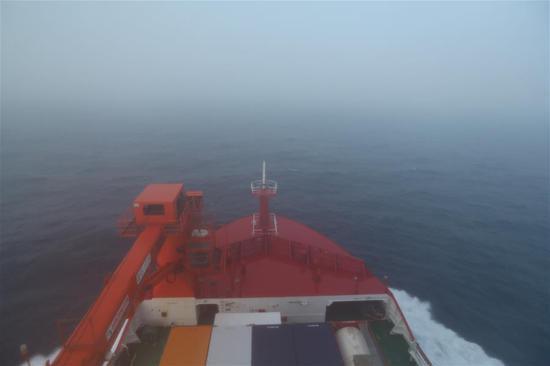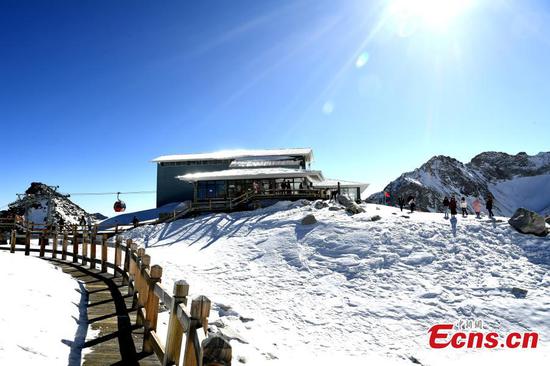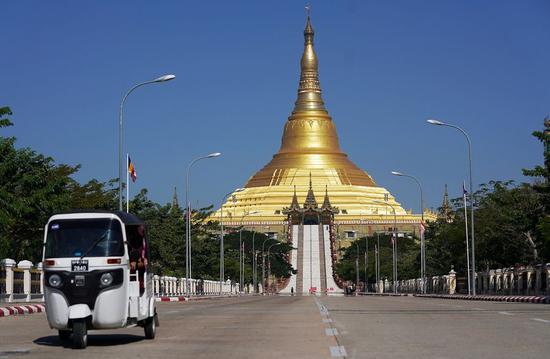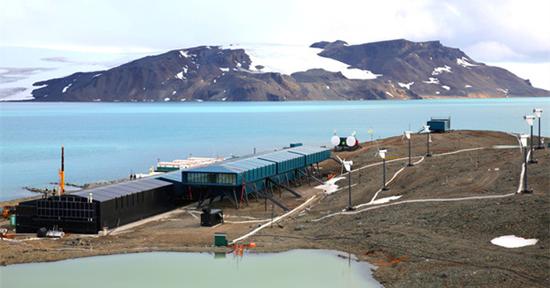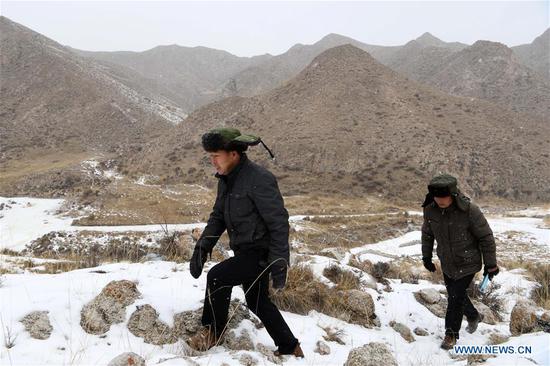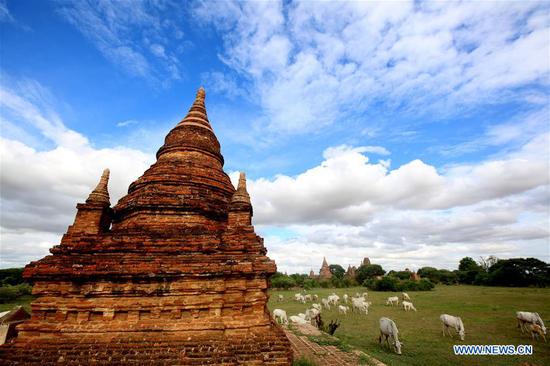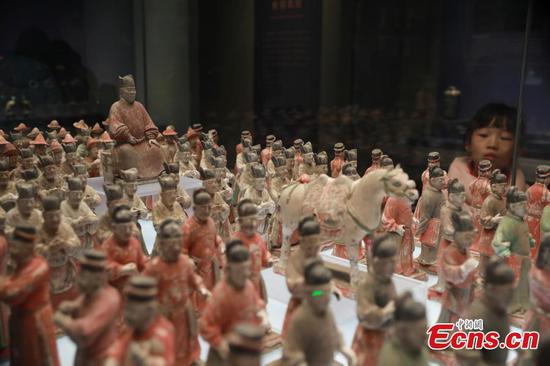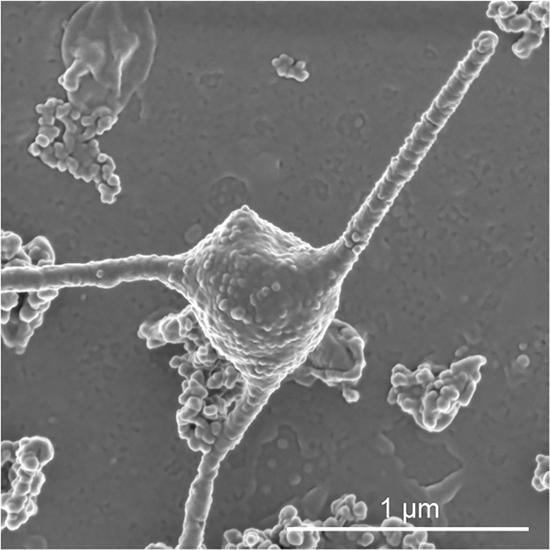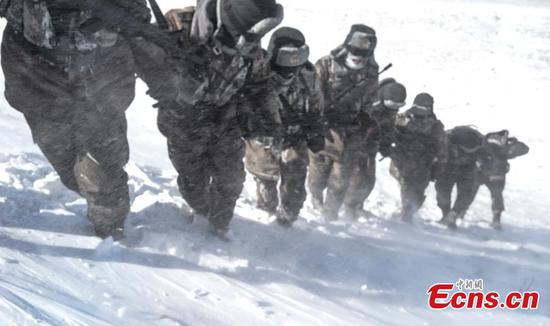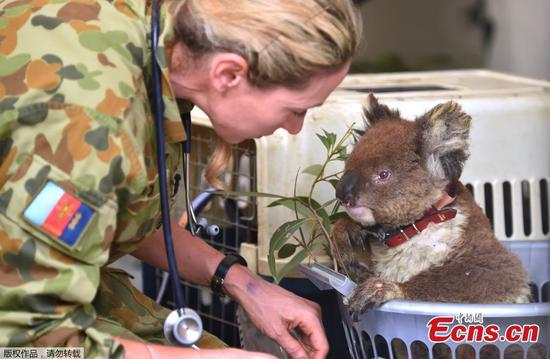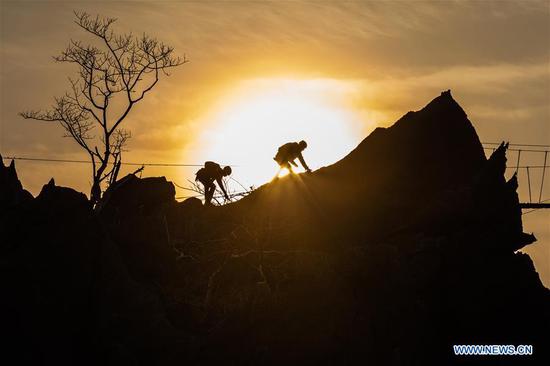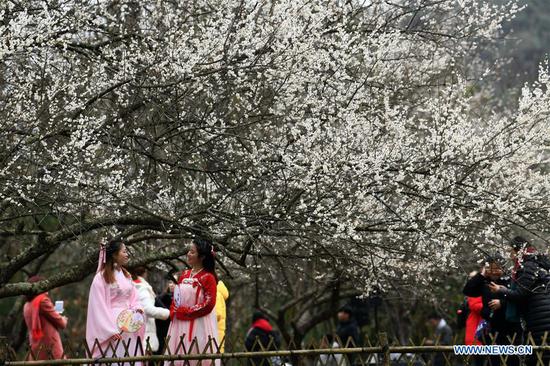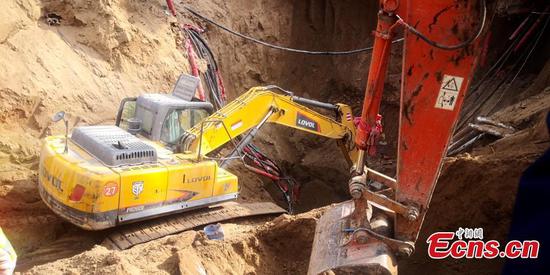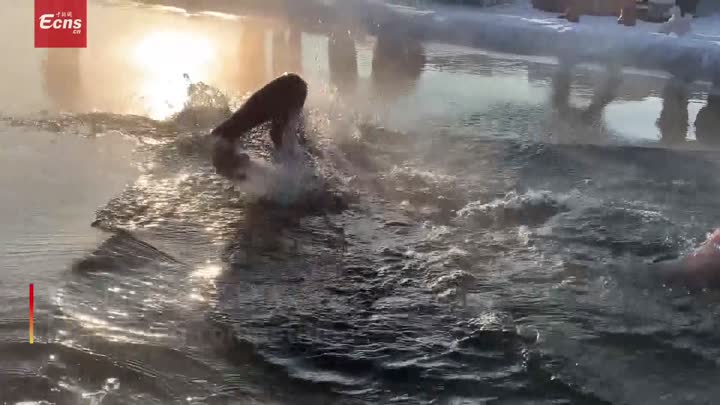Australia's wildlife are likely to be the hardest hit by the country's ongoing and unprecedented bushfire crisis, according to an ecologist.
Prof. Christopher Dickman, an ecologist from the University of Sydney, told Xinhua that a large amount of wildlife are expected to be perished, which would provide food for scavenging animals, making it hard to ensure biodiversity.
He said the bushfires may have a "fairly dramatic effect" on those species.
Over 1 billion native mammals, reptiles and birds are expected to be wiped out and from 20 to 100 species are already threatened, including vertebrates and plants.
While Australia's iconic koalas have been viewed around the world as a visual symbol of the wildfire's devastation, and are now likely to be reclassified as endangered, Dickman explained there are also many other lesser-known animals that may be facing similar population losses.
"In terms of the percentages, around 77 percent of the 1 billion calculated is likely to be reptiles," he said.
"So these are small skinks, geckos and dragons, things that if you spend a little bit of time in forest environments just looking into the leaf litter and rolling logs. These are the abundant animals that you'll see that have been particularly badly affected."
To make matters even worse for Australia's native wildlife, the effects of the bushfires which have burnt through 18.6 million hectares of vegetation may also see the number of destructive invasive species surge.
With a massive pile up of carcasses scattered across fire grounds, it's unclear what effect this will have on the ecosystem but experts suspect it will provide a major food boost for scavenging animals.
Although this is likely to be beneficial for a small number of native animals like wedge-tailed eagles, quolls and dingos, Dickman said it might also be a bonanza for introduced species like feral cats and the red fox.
"We need to find a rapid monitoring tool that allows us to identify any areas of unburned habitat in the landscape. This might come from remote sensing by a satellite," he said.
"If there are remnant populations of species, particularly threatened species, then we'll need to take further steps to make sure they get through."
"That kind of action, as well as removing predators around small unburnt patches where there are predator-susceptible species, that will be really valuable."
In the longer term, Dickman said the entire country will need to come together to evaluate the science and take stock of what it's predicting.
"I think it's probably fair to say there's been a feeling in the science community over the past 20 years or so, that biodiversity issues have not been front and foremost in thinking or planning. Now, we need to really be very serious about ensuring that biodiversity is up there," he said.
"It's quite likely that in conditions as we saw last year, that is extreme heat, extreme dryness, we will have these kinds of fires again. It's almost certain that they will occur. It's very difficult to see how we can stop them."
"So the question then becomes in those years, what can we do to make sure that wildlife survives?"









